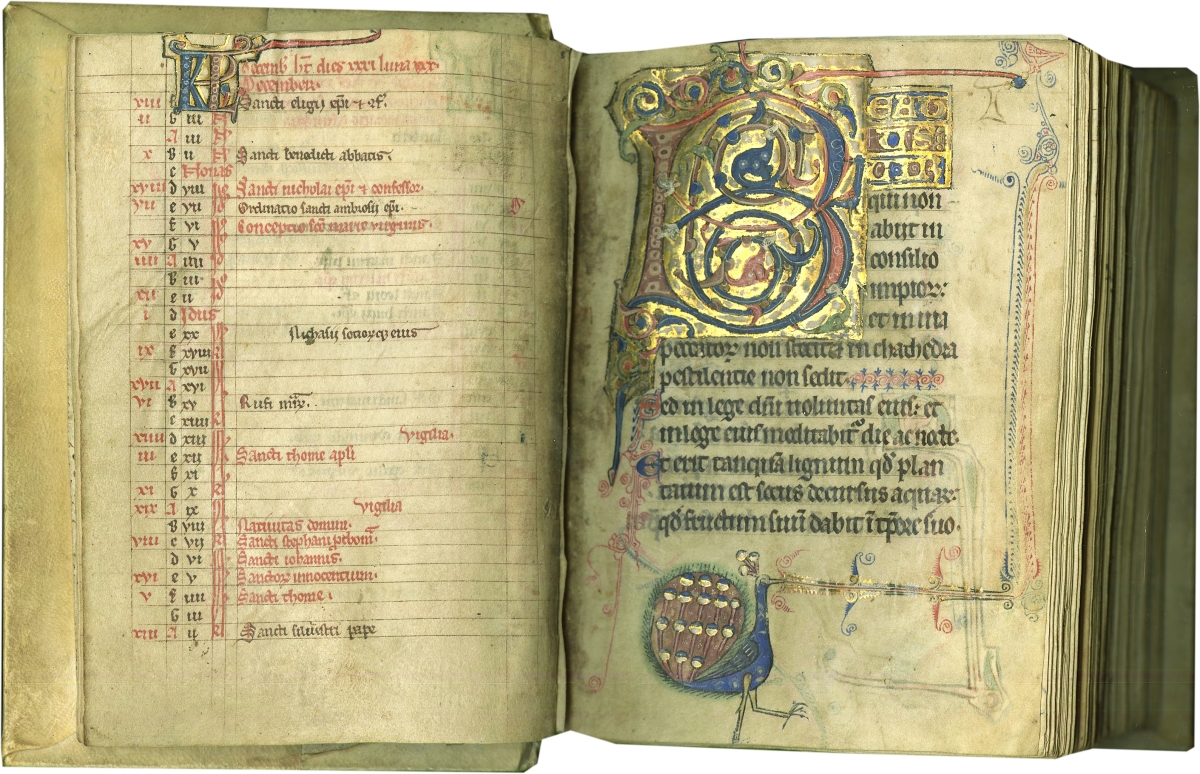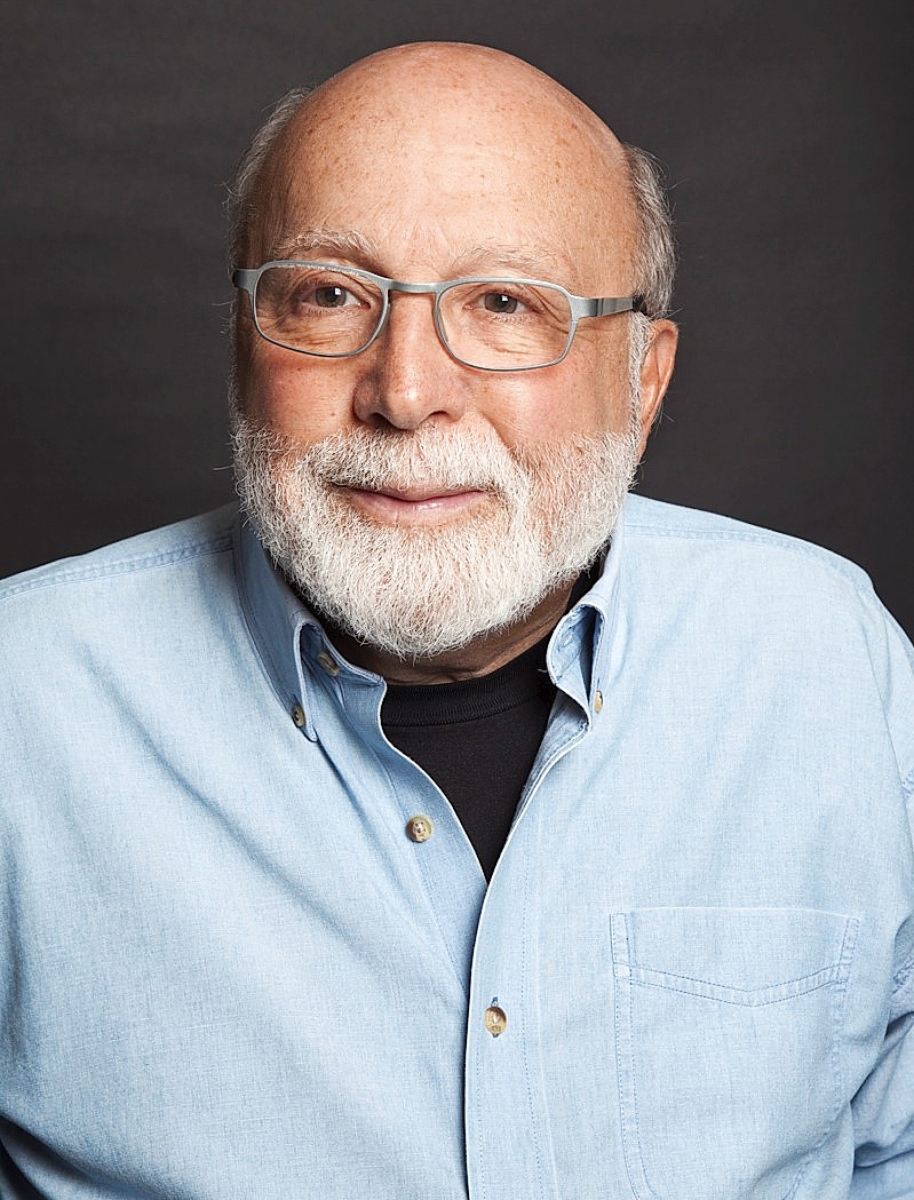For more than 40 years, Sanford Smith, who turned 82 in July, has been known as a true show impresario. It’s a sobriquet reserved for those who can spot a trend, sometimes when nobody else is really paying attention, and turn it into an opportunity for a successful run of shows. Smith, who has initiated innovative niche art and design fairs that have generated international collecting categories, agreed to sit down and talk about his upcoming International Antiquarian Book Fair and other topics.
Let’s talk about the March 2019 edition of the book fair. It was one of the early New York City events to have closed due to Covid-19. Your thoughts looking back on it?
I don’t think we were a superspreader. We were lucky in that we were able to close the show on Sunday night and we weren’t locked out until that Wednesday or Thursday. All the exhibitors traveled from different places – and half of them came from Europe. Second, they all stayed in hotels; three, they partied together and ate at restaurants together and went shopping and to the theater all over the city. So I would not blame the book fair as a superspreader. To my knowledge, one person passed away, but the gentleman was from Argentina and came into the show sick. The other people who got sick were a couple of Englishmen who were partying together, and three or four English people got sick when they returned home, but, remember, at the time of the show, nobody really knew what Covid-19 was.
What lessons learned will you be implementing for the 61st edition as it makes a return to the Park Avenue Armory on September 9-12?
We’re going to have a timed admission. Everything will be done online, no hand tickets or otherwise. There will be 12 hand sanitizing stations. We had two the last time, we’ll have 12 this time all over the show floor. If you’re vaccinated, you can come in; if you’re not vaccinated, you’ve got to show proof of a 24-hour rapid test. And if you’re not vaccinated, you’ve got to wear a mask. Okay, the question is how do we know who’s been vaccinated or not if they walk into the show with a mask and when they get 2 feet into the show, they take their mask off? Good question, took us a while to figure it out, but I figured it out last night. Everybody who is supposedly going to be masked is going to have to wear a colored wristband, like they do at concerts. And if they have the wristband but not the mask, they will be asked to put on their mask or leave the show. Bottom line, whatever the guidelines are, we will obey them. Right now, New York says no masks. We’re saying masks if you’re not vaccinated. My whole staff has been vaccinated. My guess is that most people with half a brain have been vaccinated.
What has been missed the most during the time of uncertainty?
One thing about book dealers that does not really exist as strongly among other disciplines is a congeniality of association. They take their business very seriously, they guarantee everything they sell. When they come to the show, they spend more time talking and shopping with each other than with any of the show visitors. They have their clients, but they really interact among themselves – and they’ve missed this in the last year. I talk to them, I see them online and they say they miss the one-to-one, personal communication with their colleagues. There are people who have been coming to this show for as long as it’s been running, 61 years now, and I’ve had it for the past 40 years. We know them all, they come to me and we talk about many things.
How many exhibitors do you have lined up for the show and from how many countries?
At the current time we have 14 countries and we hope to have around 150 exhibitors. Currently we have 145. It’s way down from last year when we had 205 exhibitors; actually, every year for the last ten years we’ve had more than 200 exhibitors. One of the problems is we can’t get as many exhibitors as we want from Europe. England, France, Italy, Germany – Covid-19 is still going through them and they don’t have a handle on it yet. The US government has posted a no-entry for a lot of the English. We’ve tried to help them by getting an immigration lawyer involved, including a letter telling all our dealers how to apply for a national interest exemption, which is based on economic activity. So far, however, we haven’t been terribly lucky with that.

Les Enluminures, like everyone in the book world, is eagerly looking forward to the New York Antiquarian Book Fair this year and to greeting friends and colleagues at long last in person. The firm is bringing a selection of medieval and Renaissance manuscripts of interest for their texts, decoration, provenance and/or binding, ranging in date from the Eleventh through the Sixteenth Century, including this Thirteenth Century Psalter, likely made for a woman in Arras.
We are used to seeing five- and six-figure prices – sometimes more – for antiquarian books. What is being done if anything to capture the young collectors seeking material at more accessible price points?
You can buy something at the show for as little as $50. I shop the show every year. There was this book that I had in college, which was about Japanese inns by Oliver Statler. It talked about the fact that in Japan between Edo, which was Tokyo, and Kyoto, people couldn’t go from one to the other in two or three days. So all along the road there were inns where people would stay overnight. I found it at the book show perhaps ten years ago, and I think I bought it for $35 – with the dust jacket. It wasn’t a rare book, but it was something I really wanted. Two years ago, I bought a couple of advertising pieces on Josephine Baker when she was in France. They were eight-page catalogs in French with pictures of Baker in her costumes. And I think I paid $50. There are dealers who come in with first editions, many of which are not terribly expensive. I mean, yes, you can get a first edition of Harry Potter signed by the author and probably pay $5,000. On the other hand, you can pick up a Harry P otter, first or second edition with or without the dustjacket, for a couple hundred dollars. So there’s something for everybody.
You are one of the show industry’s pioneers. Is there one show that you’re most proud of?
Those ‘niche’ areas created in many cases a whole industry. Prior to the All American Antiques Show at the Pier, there was no genuine all-American antiques show. We put all Americana there and it boomed. The first year, the line was around the block and the dealers never stopped selling. From that show, I saw some of the dealers were bringing Twentieth Century material. That’s what started Modernism. And without Modernism the entire Twentieth Century design area, including the Salon Art + Design show would not exist. And the last one that really set the pace was Works on Paper. Nobody really concentrated on art on paper until then. I’ve trained a lot of show managers over the years. Jennifer Robins, who runs the Art Design Miami show, worked for me for a couple of years. I started the Outsider Art Fair 25 years ago. I sold it to Andrew Edelin because I had reached a point where I was having trouble getting the right dealers for it. Andrew was in the business, he knew what he was doing and he’s done a very good job with it. I regret selling it to him.
As far as what I’m most proud of, I’d have to say all three of them. The All American Antiques Show at the Pier, Modernism, which was the first Twentieth Century design show anywhere in the world, and the Outsider Art Show, which created a whole new industry.
A new frontier of collecting you’d like to tackle?
If I wasn’t 82, I might. The only thing I want to tackle now is getting out of bed in the morning. I pick up The New York Times and read the obituaries. If my name isn’t there, I take a shower.
What is your inspiration for your always natty wardrobe?
My stomach [laughs]. Everything I wear tries to hide my stomach.
What else do you want our readers to know?
The book fair is really available to everyone. And we’re going to use every safety precaution known to the CDC and state of New York to make sure everybody is okay.
– W.A. Demers





